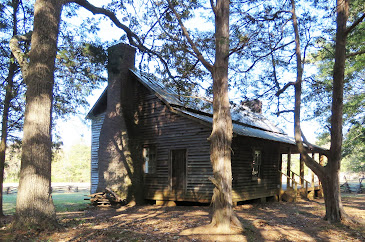William was a militia captain in the Revolutionary War and fought against the British when they invaded a neighboring plantation.
The family became very wealthy after the invention of the cotton gin in 1793 and the plantation grew to over 5,000 acres with 139 enslaved people working the fields. William's son John inherited the plantation but died shortly afterwards and the plantation was run by his wife, Harriet, for the next 30 years.
John's and Harriet's son James Rufus served as surgeon in the Confederate Army during the Civil War. When he returned home he refused to accept the rights of the now emancipated black residents and formed a local KKK. This branch of the KKK was notoriously brutal and lynched James Rainey, a prominent black leader, former slave, and Union soldier.They terrorized local blacks and murdered a number of them. Most members of the KKK were never charged or got off with little penalty. James fled to Canada but was allowed to move back to Brattonville after a few years.The Brattonville site includes four family houses - the original 1776 log house now covered with clapboard, the Homestead House built in 1826 by John Bratton, and the Brick House built in 1855 and used for various purposes including a general store. An additional family house, Hightower Hall, is only opened for special functions. A couple of original brick slave cabins and a bunch of relocated outbuildings are also on the property along with a farm house and a cotton gin.
The visitor center has a short video about the Revolutionary War battle and exhibits on the history of the family and the plantation. A walking tour brochure of the grounds and buildings is provided. The 1776 house and the Homestead House are under renovation and are currently not open to the public. The ground floor of the Brick House features a reconstruction of the store plus exhibits about the KKK activity. A few interpreters in period costumes are on hand to explain life on the plantation. The farm has sheep, poultry, cattle and pigs.The site is not very accessible. There's one parking space near the visitor center where RVs might fit. We parked in the gravel lot which is down the hill and then a rough trek back up to the visitor center. The visitor center has a ramp and is accessible. The farm house and the slave cabins are not accessible.The rest of the site can only be accessed by going over rough, bumpy grass. The Brick House has a ramp to span the step at the entrance but a grassy slope must be navigated first.
The gravel parking lot is large enough for any RV. Brattonville 34.86504, -81.17404













Quite a history and a notorious legacy.
ReplyDelete